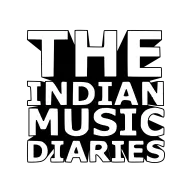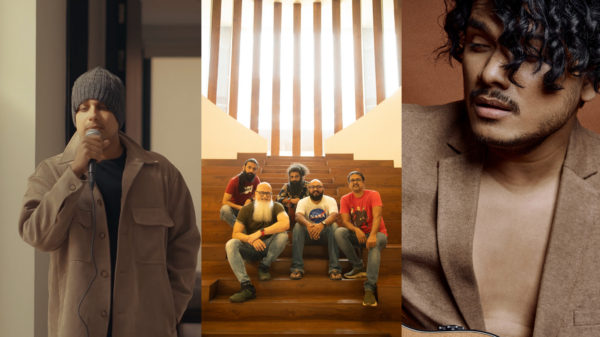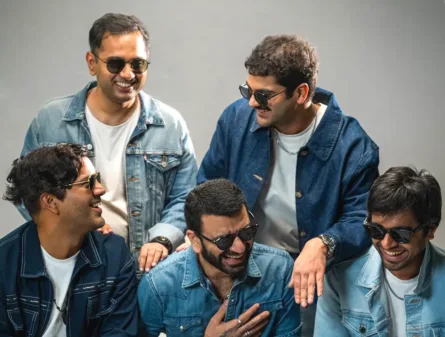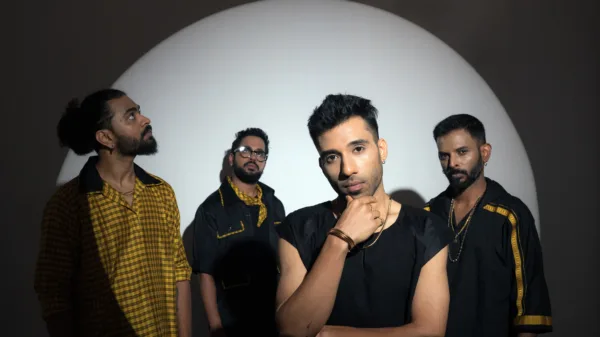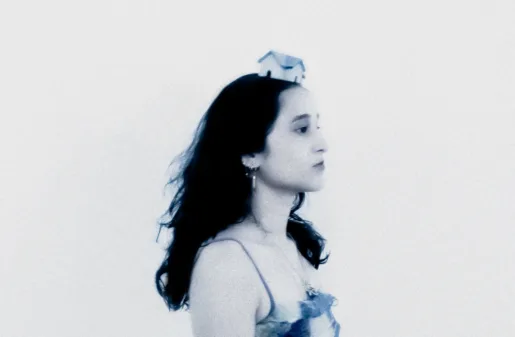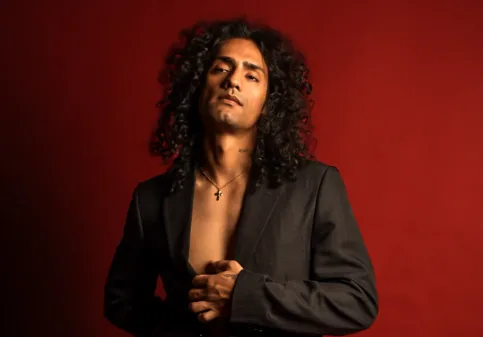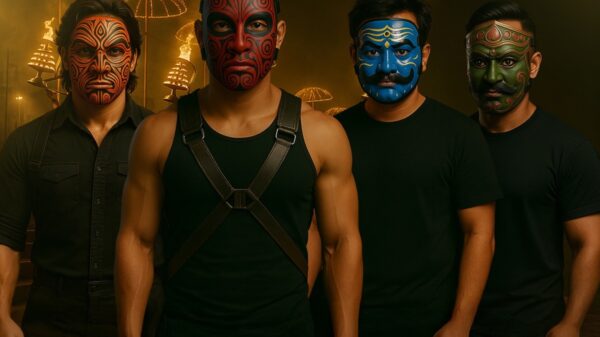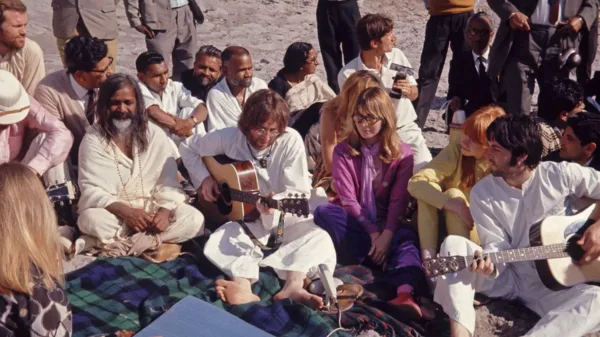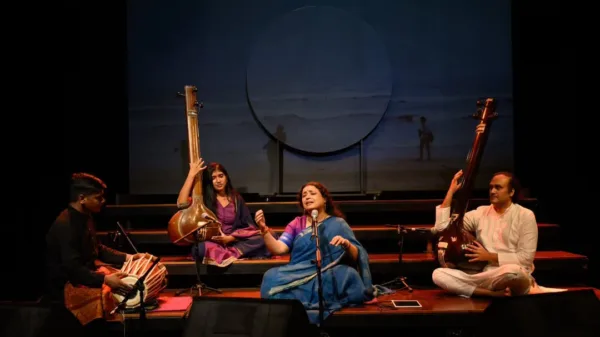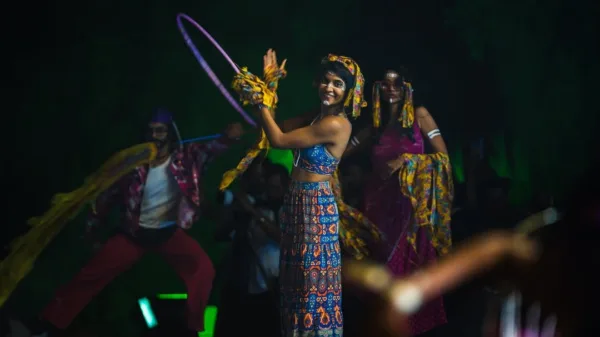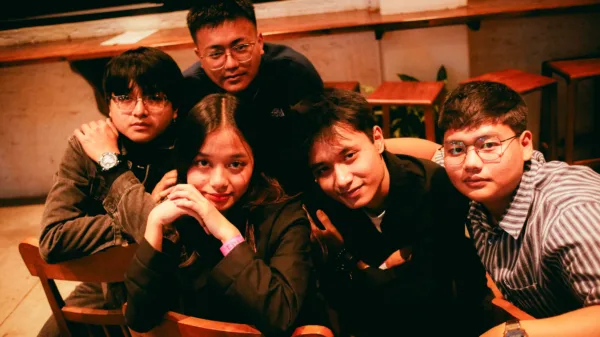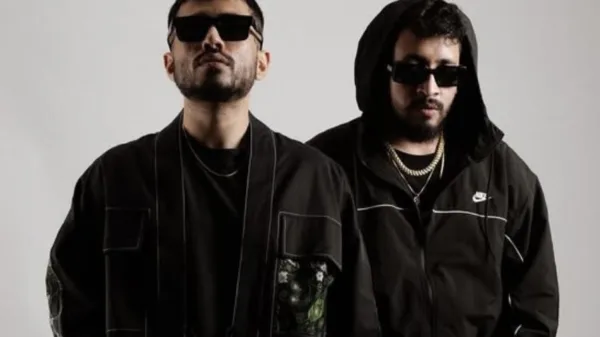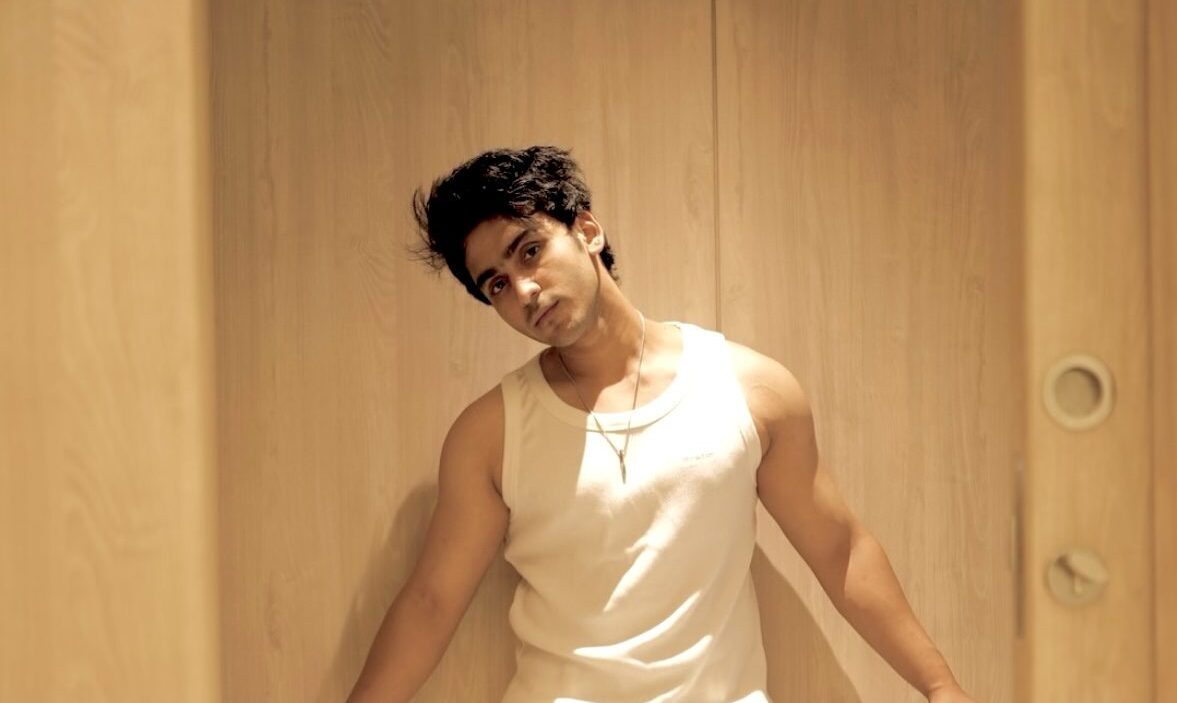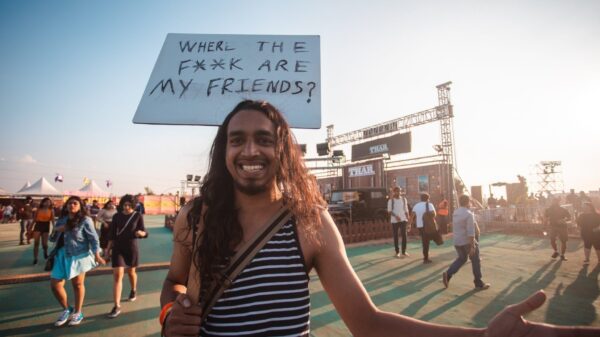Dehradun-based artist Kushagra is known for his soul-stirring voice, heartfelt compositions, and infectious melodies. The small-town musician became popular with his cover of “Aadat.” His breakthrough moment, however, came when he released his single “Finding Her.” In a conversation with us, he talks about his journey so far.
1. Tell us a bit about your project. How did you begin your journey as a singer-songwriter?
I still remember when my mother took me to his concert—I was just six years old at the time. It was my first-ever concert experience, and I had no idea what to expect. I saw a massive crowd, a stage in front of me, and then, suddenly, the energy shifted. As soon as KK Sir came on stage, the entire crowd erupted in cheers.
I turned to my mother and asked, “Who is he, and what does he do?” She told me, “He’s a singer, and everyone is here to listen to his music.” That moment left a lasting impression on me. Even as a child, I knew—I wanted to become a singer. I wanted people to come and listen to my music, just like they did for him. From that day on, KK Sir became my first musical inspiration.
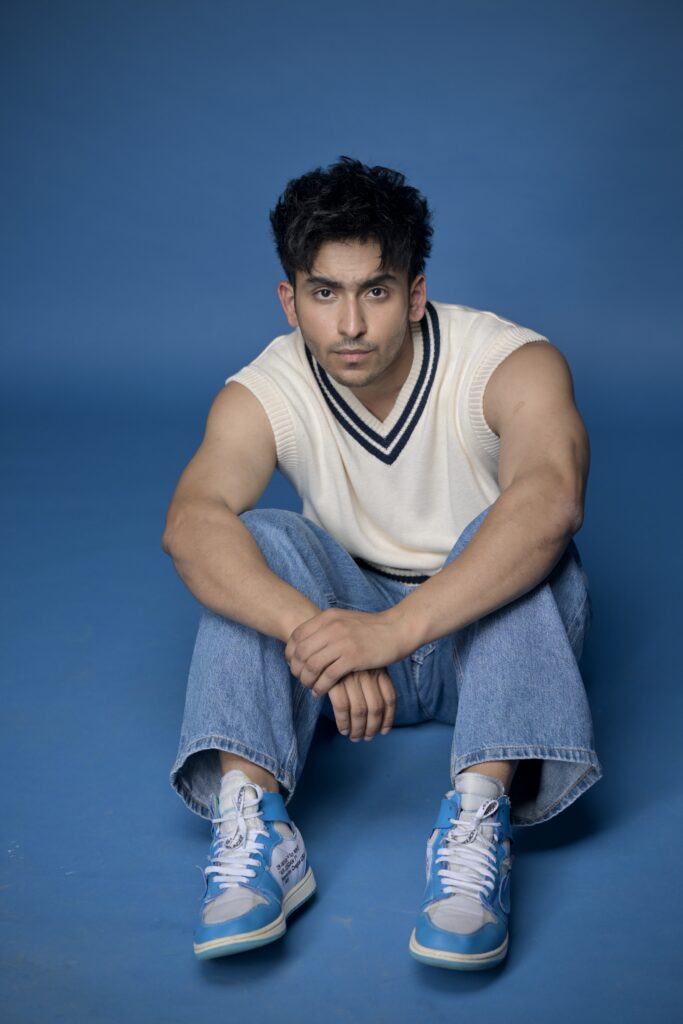
2. Which bands/artists were your first love and who is your biggest influence?
I have been deeply inspired by bands like Coldplay and Green Day, and in India, The Local Train has been a major influence. What fascinates me about these artists is how they have created their own unique sound—something that instantly resonates with their audience. Every song they produce carries a distinct essence, making it easily recognizable even within the first few seconds, even without vocals.
This ability to establish a signature sound is something I truly admire because, as an artist, it is important to have a musical identity that stands out. Whether it’s a Coldplay song, a Green Day track, or a song by The Local Train, there’s always a recognizable element that makes listeners say, “Yes, this is their song.”
Apart from these bands, my all-time favorite artist is Arijit Singh. I deeply respect his dedication to his craft. His rigorous riyaaz and his mastery of classical music inspire me immensely. He has honed his voice to perfection and always ensures that he delivers flawless live performances. His journey and commitment to music continue to be a huge source of motivation for me.
3. Tell us a bit about your latest release ‘Finding Her.’
The story behind Finding Her is quite interesting because, initially, I wasn’t planning to make this song. Bharat, who produced the music, played a beat for me, and while I liked it, I wasn’t completely sure about it. I asked him to send me another beat, and when he did, I composed a melody on it and felt more connected to that version.
However, my close friend Pratham, who was in the studio at the time, insisted that I should stick to the first beat. He believed it had something unique and different, and he convinced me to give it another try. Bharat also agreed, and we decided to go ahead with the original beat.
Once I embraced the beat, everything fell into place quickly. Within 7 to 8 minutes, I had composed the melody, and soon after, I wrote the first verse. That’s how Finding Her came to life—it was an unexpected yet exciting creative process, and I’m really happy with how the song turned out.
4. What is your music-making and recording process like?
My music-making process doesn’t follow a fixed pattern, but I do have a few key steps. Usually, I start by creating a composition—either on my guitar, keyboard, or a loop. Once I have a melody, I try to fit lyrics into it, exploring what kind of story I can tell. I often write my own lyrics, but sometimes I ask writers to write them.
Next, I decide on the best music producer for the song. Sometimes, I take a different approach—I ask music composers to send me beats first. If a beat instantly connects with me, I compose and write the entire song around it before heading into the studio to record.
Another method I follow is creating a story in my mind. It could be anything—an emotion, an experience, or a thought. Once I have that, I write the hook line, develop the lyrics, compose the melody, and then work with a producer to bring the song to life.
5. Why do you make music? What drives you as a musician and what are your songs about?
It’s the love from people and the evolution of my music that drives me as a musician. Every time I create a new song, I aim for it to be better than the last. That feeling pushes me to keep making more music.
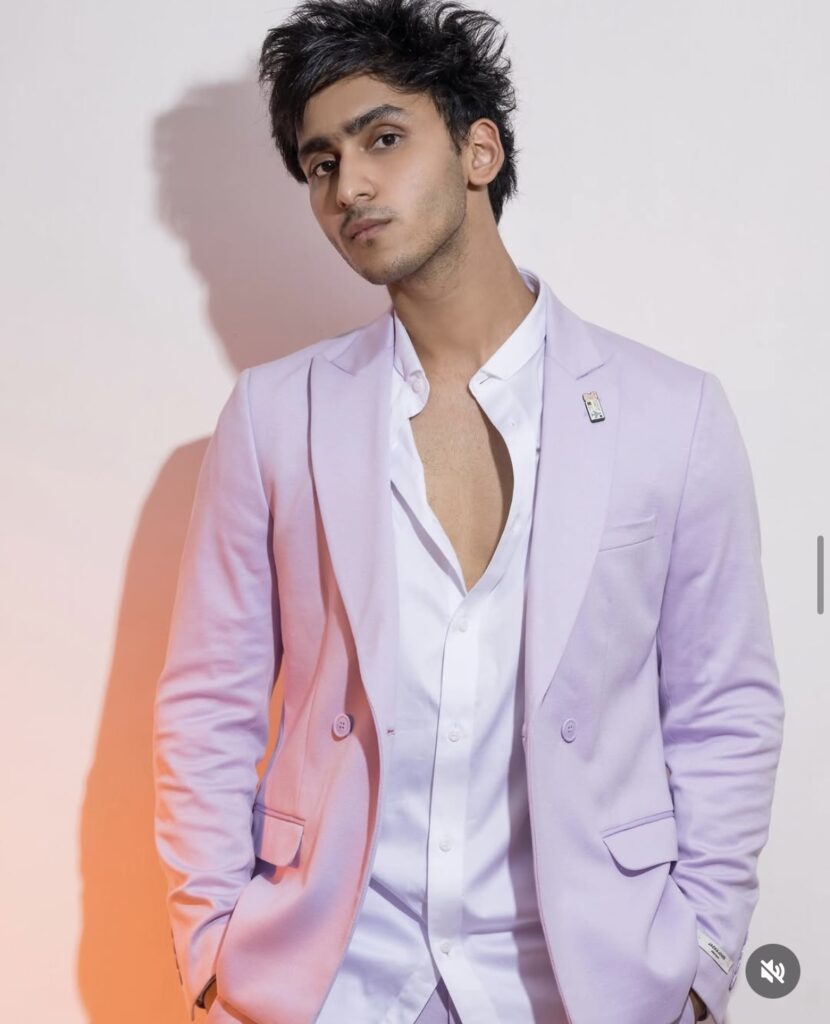
I always focus on relatability. Whenever I compose or write music, I think about whether my audience—especially those around my age—can connect with it. I want my songs to tell a story, to feel like a shared experience. If listeners feel like they’ve been through something similar, if my music helps them escape reality or brings them joy, then I consider it a success.
6. Which Indian bands or artists do you admire? And why?
The Local Train is one of my favorite bands. Their music feels incredibly raw and authentic, and the way they blend Hindi lyrics with rock influences is something I truly admire. Every song of theirs carries a strong emotional depth, and their storytelling through music is very relatable.
7. What’s your take on the independent music scene in India
I think the independent music scene in India is already making waves. One of the best things about being an independent artist is the creative freedom. There are no restrictions—we’re not bound by a particular formula or structure. We can experiment, explore different sounds, and create music on our own terms.
When an artist is free, they create magic. But when they are restricted, the music starts feeling forced. That’s why I believe independent music in India will continue to grow. Right now, we’re just at the beginning of something big, and in the coming years, we’re going to see even more incredible talent emerging.
